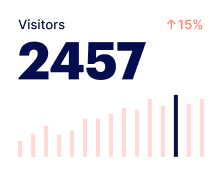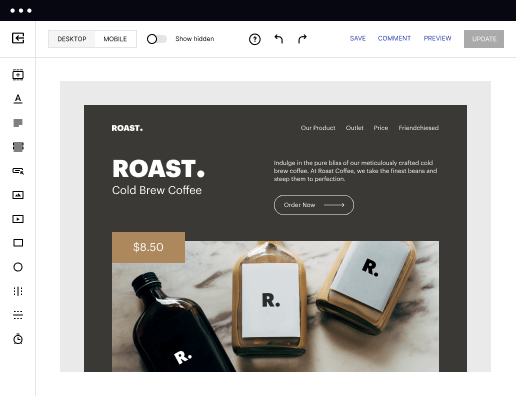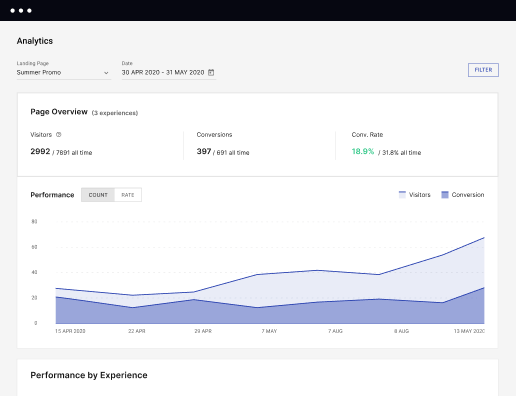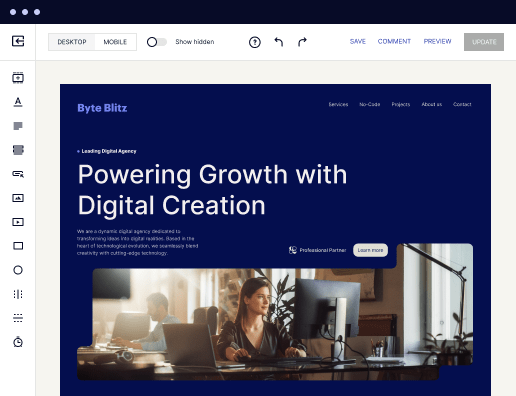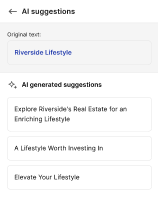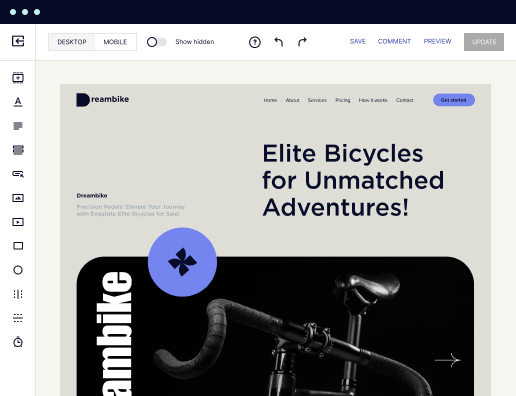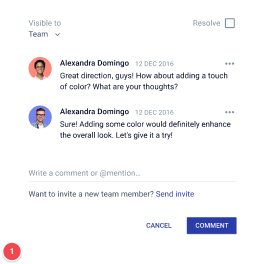Make your glossary page designed for Linux
Instapage empowers you to reduce costs, increase conversions, and deliver meaningful experiences on Linux.
Create Your Glossary Page on Linux with Ease Using Instapage
Building a glossary page on Linux can seem daunting, but with Instapage, marketers can effectively create relevant landing page experiences that enhance brand trust and customer loyalty. Utilizing our platform, you can leverage over 100 conversion-focused layouts and Instablocks to design and implement your glossary page without the need for developers or coding.
Why Creating a Glossary Page is Essential
A glossary page serves not only as a helpful resource for your users but also enhances your website’s SEO performance, making it more discoverable on search engines. Here are a few reasons why it is crucial:
- Improves user experience by providing clear definitions and explanations.
- Enhances your site's authority in its niche through well-defined content.
- Supports SEO strategies by promoting relevant keywords.
Step 1: Choose Your Target Audience
Understanding your target audience is the first step in crafting an effective glossary page. With Instapage's personalization tools, you can tailor content to meet the specific needs of different audience segments, including marketing professionals in verticals like business services, tech/SaaS, or education.
Step 2: Design Your Glossary Structure
A well-organized glossary helps users find terms quickly. Here’s how to structure it effectively:
- Categorize terms by topic for easier navigation.
- Utilize search functionality to enhance user engagement.
- Incorporate links to related resources for deeper understanding.
Step 3: Optimize for Conversions
Finally, optimization is key to ensuring your glossary page converts visitors into loyal customers. Make use of Instapage’s built-in experimentation features and analytics dashboard to track performance and make data-driven adjustments.
- Conduct A/B testing on glossary layouts to determine effectiveness.
- Employ heatmaps to analyze user interaction with terms.
- Regularly update content based on audience feedback to keep it relevant.
With these steps, you can leverage Instapage’s powerful features to create a glossary page that not only informs your users but also encourages them to engage with your brand.
Start building your glossary page on Linux with Instapage today! Experience the flexibility and ease of creating landing pages designed for success.
Get more out of Build your glossary page on Linux
Improve your Quality Score with quick load technology for landing pages
Increase conversions with content that aligns with your ads and audiences
Achieve maximum ROI by scaling your marketing initiatives
Leading the way in building high-performing landing pages





FAQs
See how to build your glossary page on linux in action
Ready to skyrocket conversions?
Supercharge your ad campaigns with high-performing landing pages.
Get started
